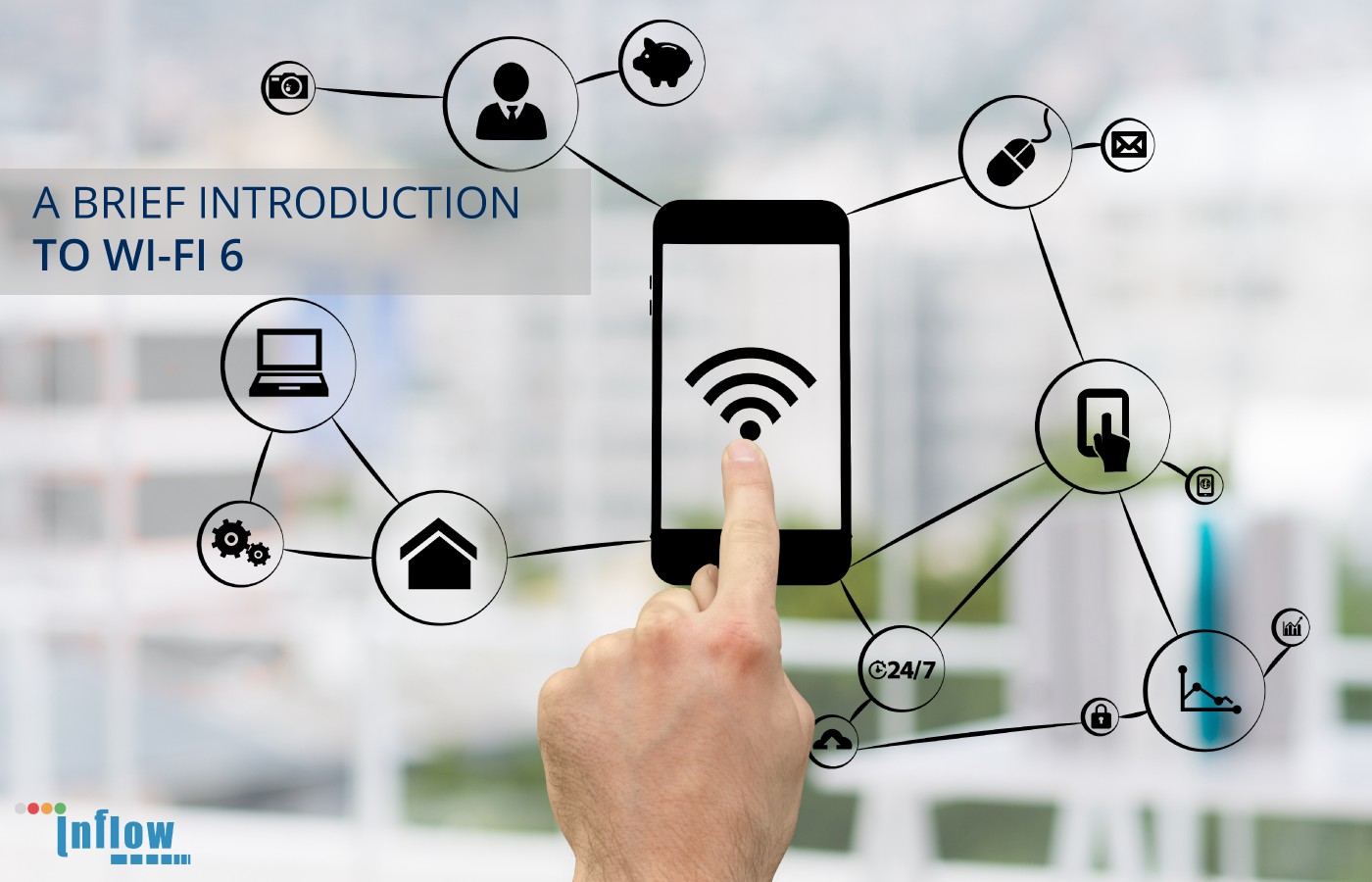
Wi-Fi was invented and first made available for consumers in the year 1997.
The wireless network has been around for a long time. Wi-Fi started as a nice-to-have feature, which enabled us to work even without cables. In today’s world, wireless has become the key medium for connectivity in most households and industries. Especially with the introduction of IoT, Wi-Fi is the primary connection method of almost every device in the world. We are over-subscribed on Wi-Fi. As a result, Wi-Fi is fighting the same issues as a cellular signal. Speeds are suffering because of older technology. As the change has taken effect, wireless technology has had to try and keep up. The Wi-Fi Alliance has proclaimed the standard for the next generation of Wi-Fi and that standard is Wi-Fi 6 or 802.11ax.
The first thing that has kept the people puzzled is the newer and uncommon naming convention. Basic consumers to techies are familiar with the 802.11 standards designation.
To throw some light on, here is what Wi-Fi 6 translates to along with its predecessors,
Wi-Fi 1 → 802.11b
Wi-Fi 2 → 802.11a
Wi-Fi 3 → 802.11g
Wi-Fi 4 → 802.11n
Wi-Fi 5 → 802.11ac
Wi-Fi 6 → 802.11ax
Why do we need Wi-Fi 6?
As more and more devices access the wireless network, bottlenecks start to appear. When we notice the improvements made to previous generations of Wi-Fi, the major thing a lot of people focused on was increasing capabilities in terms of bandwidth. Wi-Fi 6 is a lot about capacity than speed. Capacity indicates the total capacity in terms of client-count while maintaining good performance.
OFDMA – the prime feature
The way Wi-Fi 6 handles huge traffic, is a trick taken from the cellular industry. This feature is none other than the Orthogonal Frequency Division Multiple Access (OFDMA). At a high-level, this feature splits up a single Wi-Fi channel into smaller frequencies called resource units. By using these sub-channels, the access point can communicate with multiple devices at the same time. Hence, this helps in decreasing the overall congestion and latency. It is one of the ways Wi-Fi 6 uses to allow increased client-counts per access point while still maintaining usable, low-latency, network performance.
For example, OFDMA is similar to a highway that has eight lanes and then funnels to a one-lane road, which causes huge bottlenecks and all the traffic grinds to a halt. In Wi-Fi 6 and OFDMA, those eight lanes stay eight lanes and traffic can flow freely. With these extra ‘lanes,’ capacity is now increased. Capacity is the key part of Wi-Fi 6.
More capacity means more opportunities for devices to be accommodated on the network, especially for time-sensitive data like voice and video over Wi-Fi. As we move to mobility first workplaces, wireless is more and more one-lane. Design is ever more complex now for wireless and spectrum needs to be smartly used.
Target Wake Time – a key feature to look out for
Another impressive feature of Wi-Fi 6 is the improvements it might bring to the device’s battery life. A feature called Target Wake Time allows a device to negotiate how often it is waking from sleep to send data, instead of constantly checking in with the wireless network. The device saves battery life by going to sleep (in terms of its wireless NIC).
For instance, if you have a device like a laptop or a smartphone that is constantly checking for updates or streaming media, the Target Wake Time feature isn’t going to help. On the flip side, when IoT devices such as temperature monitors are concerned, they will only report in at a set interval, such as hourly or when there is an alert. That IoT device can save a lot of battery by spending all that inactive time in sleep status.
Wi-Fi 6 is the only way to accommodate the humongous number of devices in need of wireless technology in the future and granting that capacity which is needed the most.


No comments yet.
Leave a Comment
Let us know your thoughts on this !